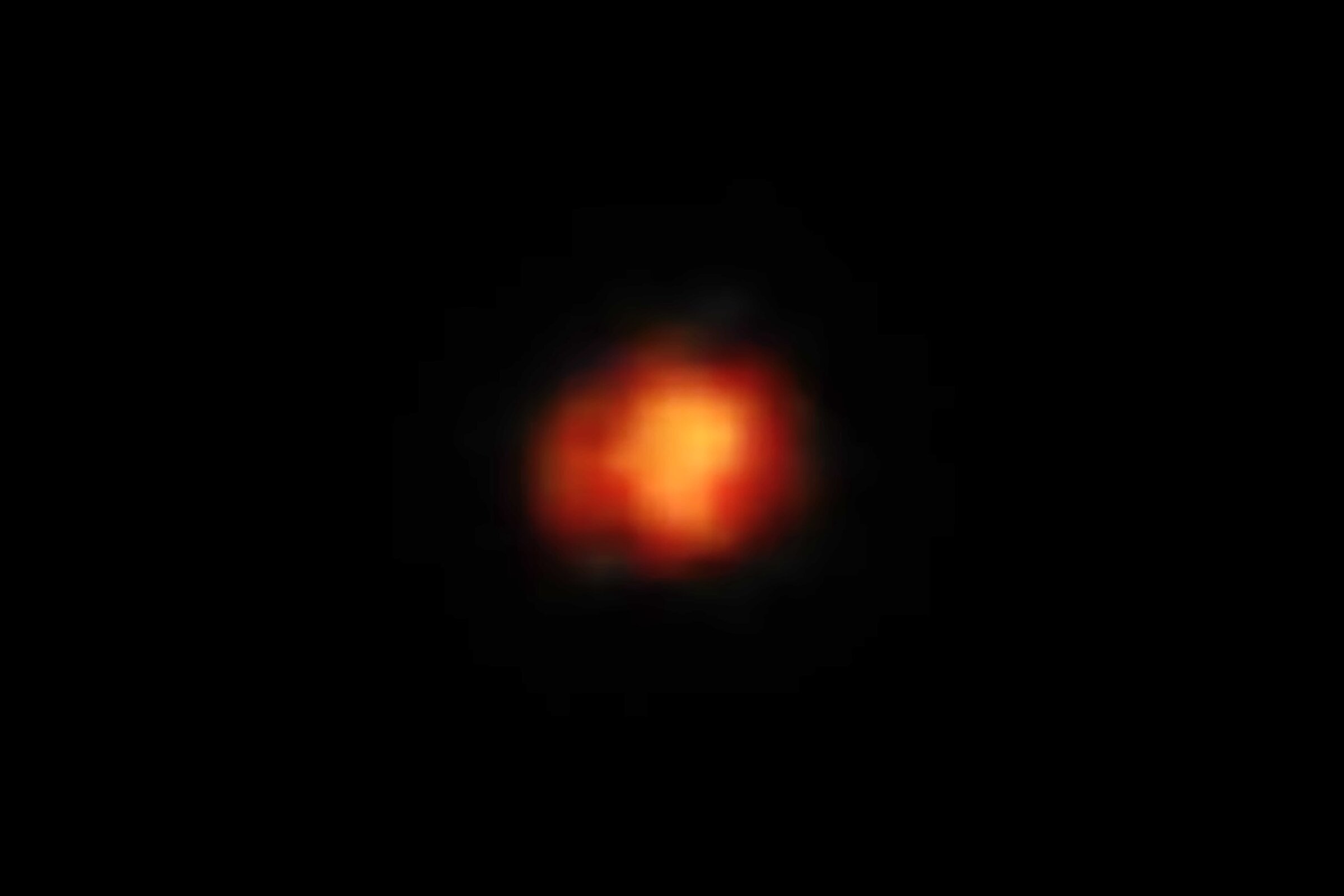
James Webb Space Telescope tagged posts


Thanks to the James Webb Space Telescope, astronomers racing to find some of the earliest galaxies ever glimpsed have now confirmed that a galaxy first detected last summer is in fact among the earliest ever found. The findings are published in the journal Nature.
Follow-up observations since first detection of Maisie’s galaxy have revealed that it is from 390 million years after the Big Bang...
Read More
NASA’s James Webb Space Telescope (JWST) has recorded breath-taking new images of the iconic Ring Nebula, also known as Messier 57.
The images, released today by an international team of astronomers led by Professor Mike Barlow (UCL, UK) and Dr Nick Cox (ACRI-ST, France), with Professor Albert Zijlstra of The University of Manchester, showcase the nebula’s intricate and ethereal beauty in unprecedented detail, providing scientists and the public with a mesmerizing view of this celestial wonder.
For many sky enthusiasts, the Ring Nebula is a well-known object that is visible all summer long and is located in the constellation Lyra.
A small telescope will already reveal the characteristic donut-like structure of glowing gas that gave the Ring Nebula its name.
The Ring Nebula...
Read More
Credits: NASA, ESA, CSA, T. Morishita (IPAC). Image processing: A. Pagan (STScI)
Every giant was once a baby, though you may never have seen them at that stage of their development. NASA’s James Webb Space Telescope has begun to shed light on formative years in the history of the universe that have thus far been beyond reach: the formation and assembly of galaxies...
Read More






Recent Comments